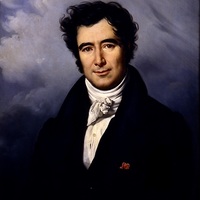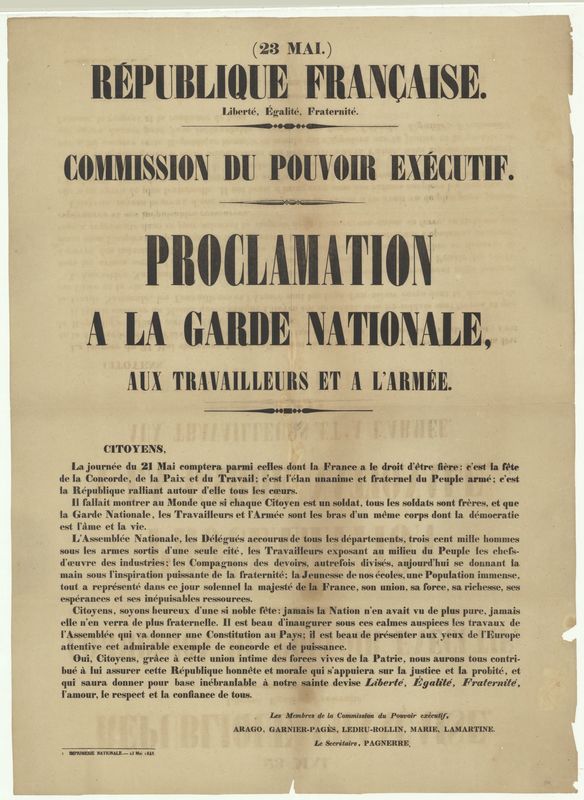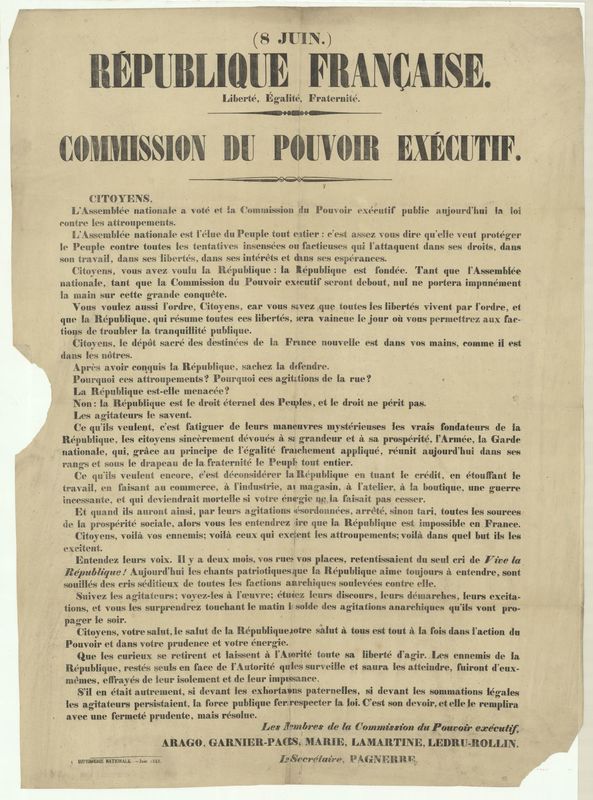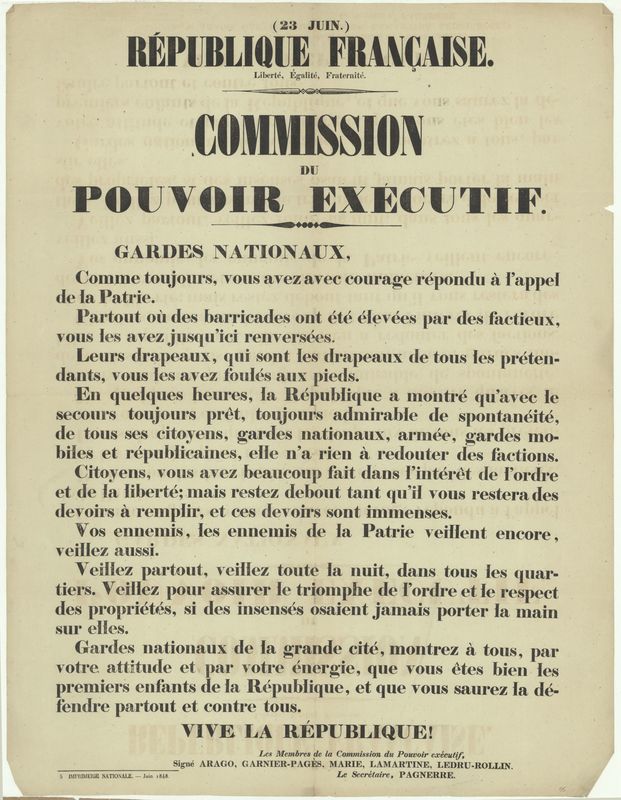Intermediate Governments: Executive Commission of 1848
During the intermediacy between Monarchy and Presidential Republic, France was ruled by a couple of short-lived government models. One such was the Executive Power Commission of 1848. In May of 1848 the Assembly constructed the Commission to make executive decisions more efficiently than the preceding Provisional Government and were made up of prominent members of the Assembly and chaired by François Arago. In their brief time in power, they were faced with public unrest and controversy. In June they closed the publicly popular National Workshops which employed thousands of proletariat with jobs. The resulting outrage helped mobilize workers to lead an uprising to protest the closures. The streets of Paris were filled with stone-constructed barricades by the workers. The National Guard (consisting of about 40,000 men) flooded the city and put an end to the uprising. It was the height of tensions under the fragile rule of the Executive Commission. The result of the uprising was the removal of the Executive Commission’s power by the Assembly and the transfer of power to the general who put down the uprising—Louis-Eugène Cavaignac—on June 24th. The result of the uprising and the inefficacy of the Commission helped motivate the adoption of the French Constitution of 1848 which outlined the new position of the President, with the first election to be held in December of that year.



